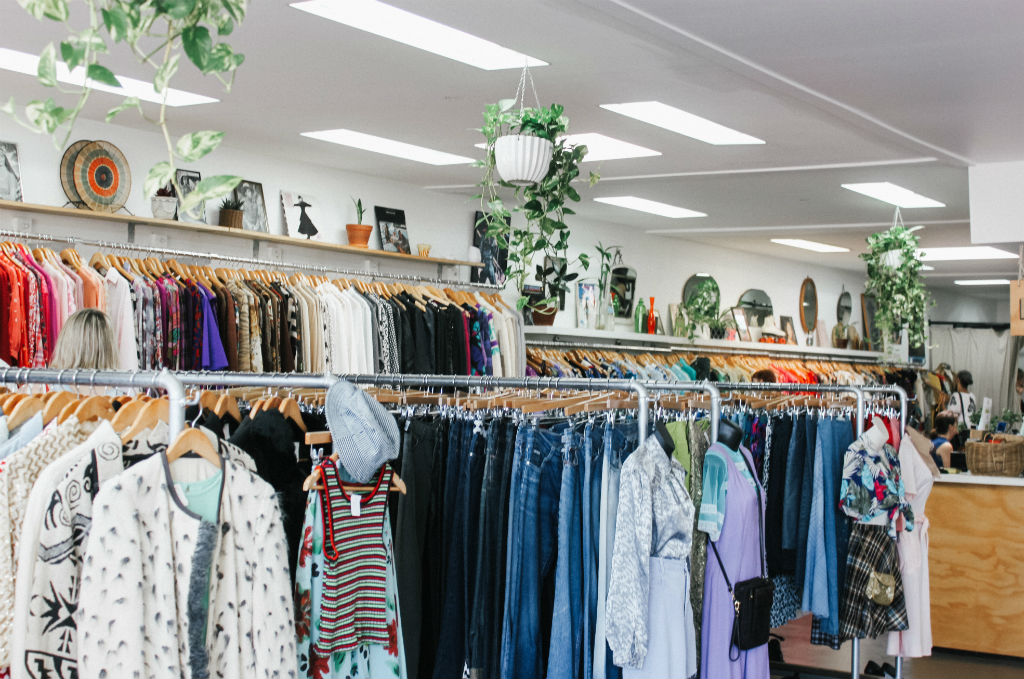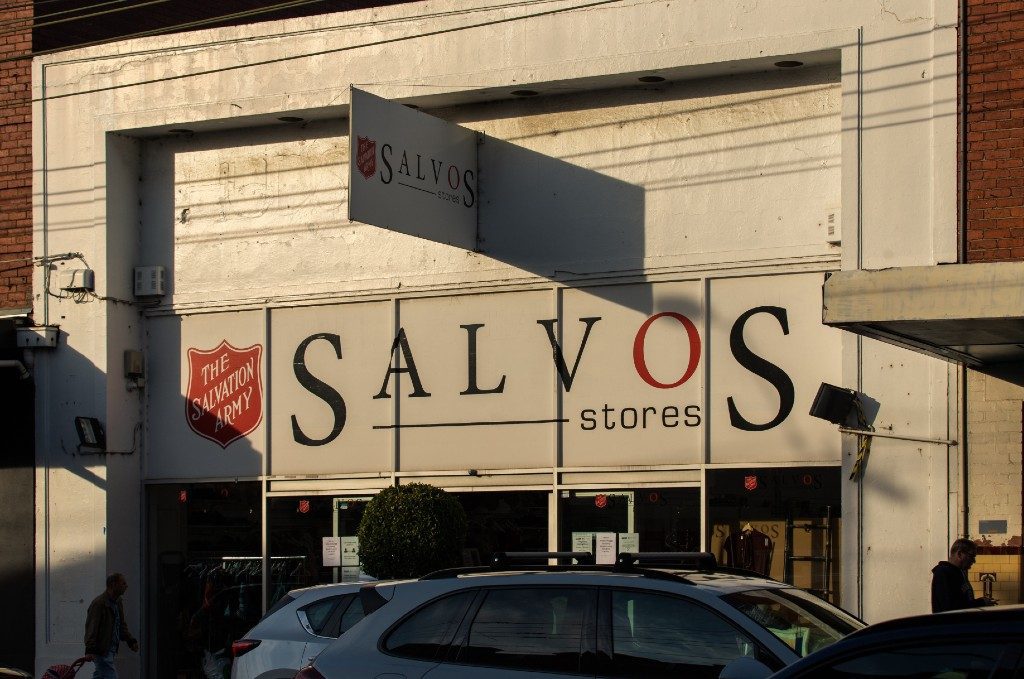We’ve all been there. The wardrobe clean-out happened months ago, the bag’s been sitting by the door, and then in the car boot, for the better half of the year.
When the time comes to finally offload these pre-loved goods to your local op shop, you just miss the closing time.
Dumping the clothes out the front, while technically illegal, is looking highly attractive right now. They’ll get them in the morning, right? What’s the worst that can happen?
This far too common scenario is not harmless. In fact, it’s the biggest pain point local charities have, and it’s the main reason they cop a multi-million landfill bill each year.
“The biggest challenge for us is not what we get through our doors when they’re open but when they’re closed,” Aífe O’Loughlin, the Customer Experience Manager for Salvos Stores, says.
“And this is because we can’t control what happens to those donations overnight.
“We’ve been having crazy weather across the country which leaves things damaged and wet and blown away. People come along to have a look through it, animals come along.
“By the time our team arrives there in the morning, the stuff is strewn across the path. It’s a really sore sight to see.”
O’Loughlin says there’s nothing they can do with the goods that are left in front of the store overnight. Sometimes a handful of it can be salvaged depending on the store and the weather conditions, but generally it’s all destined for landfill.
A compounding issue

Australians buy 27kg of clothing every year. Of that we dispose of close to 23kg – a mammoth amount when you consider the combined impact.
Collectively, we send about 6000kg of textiles to landfill every 10 minutes.
O’Loughlin says a fair assumption can be made that a significant portion of the 23kg we each dispose of is in its first year of life. It’s these garments that Salvos Stores and its partners are looking to intercept.
The organisation is working at the forefront of the circular economy movement to help reduce the number of garments going to landfill and keep them in circulation for longer – in their original format, recycled or repurposed.
“The first step for us is actually collecting these used garments,” O’Loughlin says.
“As the circular infrastructure evolves, if we haven’t addressed that 23kg of textiles that’s going into landfill, we can have all the fancy systems and the ability to take polycotton and turn it into individual fibres again, but if we’re not getting the garments back from consumers in the first place we’re just going to continue to have the same problem of textiles going into landfill.
“It’s similar to the plastic situation. We’ve had the ability to recycle a plastic bottle for 30 years, but if you ask 10 people how to recycle a plastic water bottle you’ll probably get 10 different answers because there’s no real clarity.
“So what we want to do is make it really simple for people and say OK, while you’re already clearing out your wardrobe – take your stuff down to your local charity shop.”
Through the initiative Moving The Needle, donors can look up a nearby charity partner to find their closest drop off point.
Since launching in 2019, the initiative has grown to have more than 500 drop off points around the country where people can donate their used garments.
If that’s not an option, Salvos has a number of different ways you can make sure the organisation gets your donation – from getting your local store to collect them from you to ordering a pre-paid postage label through the partnership with The Iconic.
“So a key challenge for us has been how do we make it easier for people to get us their donations or donate their textiles? Which is where our idea for our The Iconic x Australia Post partnership came from,” O’Loughlin says.
“The Giving Made Easy program allows donors to download a prepaid package through their The Iconic account which can be dropped off at any Australia Post outlet and shipped to a nearby Salvos Store free of charge.”
What happens with all the donations?
If you have donated your clothing directly to a store or through the Giving Made Easy or Moving the Needle programs, it’s over to the store to resell or recycle the garments.
O’Loughlin explains: “All of our stores accept donations directly through the store, and generally speaking, most of our items are sorted for sale in those stores.
“From there – items that are suitable for retail are sorted, priced and put on the shop floor. We also go through goods that aren’t suitable for sale, and we rotate goods between our stores.
“So we might look at the garment and say that’s not quite right for the customer in this store but it is right for a customer in another store and we’ll get them out to where they need to be.”
With the clothes that aren’t suitable for resale – some 60% of the clothing the Salvo Stores receive – the organisation checks if they can be repurposed by its third-party partners to make rags, be used as waste energy or sold into overseas markets.
“It’s not a perfect solution but at least we are able to give them another life before they aren’t suitable for reuse ever again,” O’Loughlin says.
“And there is a benefit of us doing that – in reimbursement from partners but also in having right of first refusal – we’d rather we decide something’s not suitable for sale than for it to end up in landfill if it could have stayed in circulation.”
What about those pieces that really aren’t up to scratch?
O’Loughlin suggests packaging them up into a smaller bag within your donation and mark with ‘not suitable for resale’ or ‘only suitable for rags’. This includes any old T-shirts with stains or holes.
“Unfortunately things like duvets and pillows aren’t something we can recycle – but we encourage people to connect with their local animal shelters as they do really need goods like that,” she says.
Find out more about the Salvos Stores here, Moving the Needle here and Giving Made Easy here.



